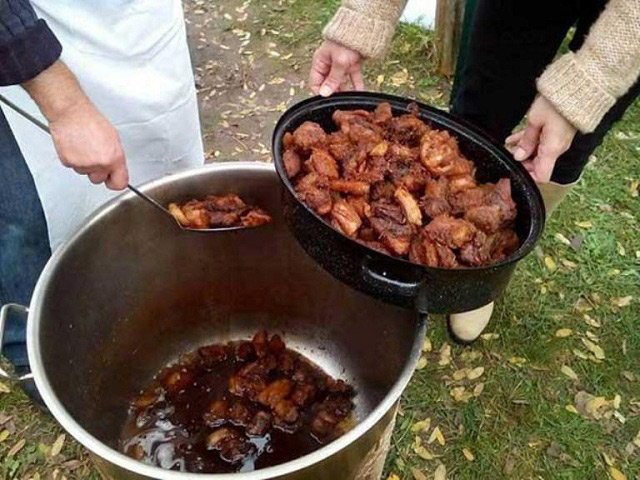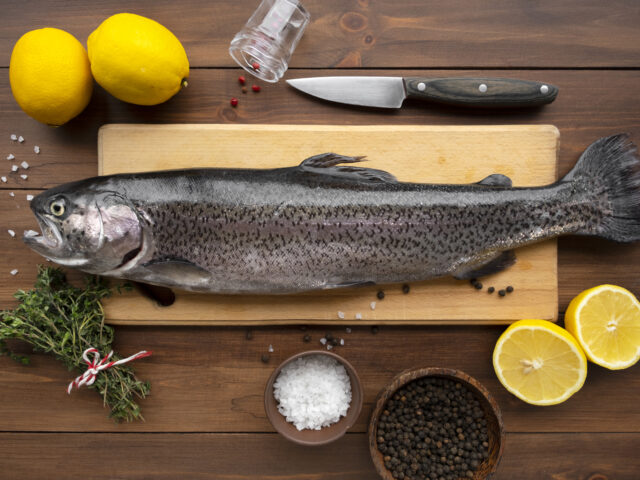Gurnochara
The custom of the Gur(u)nochara
Address
Mesi Palaiokarya 420 32
GPS
39.417171480841, 21.500240136688
On 26 December in Paleokarya and Filyra the custom of the gournochara is revived. The members of the Cultural Association of Kato Paleokarya cook pancakes, flour, pork chops, sausages and pig’s trotters. A feast with plenty of wine and tsipouro follows.
An age-old custom, Gourounochara (“pig feast”), dates back generations, when traditional rural communities celebrated the days after Christmas—typically on the second and third day—by combining the useful with the joyful.
Families would slaughter the pig they had been fattening for months, ensuring a supply of meat that would last until Easter. They preserved fat (lipa) in jars to use as cooking oil, prepared sausages, and used the skin to make traditional shoes called gournocharoucha. One of the most beloved dishes was the famed “alevria”, cooked in large cauldrons using leeks and pork cracklings (tsigarides), offering warmth and energy for the cold winter days.
For the children, the highlight was the “fouska”—the pig’s bladder, which they inflated and used as a makeshift football.
The entire process was labor-intensive. It took many hands to subdue the pig, skin it, butcher it, and prepare the food. That’s why family members and neighbors came together, forming a working group, and once everything was done—especially the alevria—they would throw a small spontaneous feast, filled with food, drink, and celebration.
The day became known as “Gourounochara”, and instead of saying “Come, we’re slaughtering the pig,” people would joyfully say, “Come, we’re having Gourounochara!”


